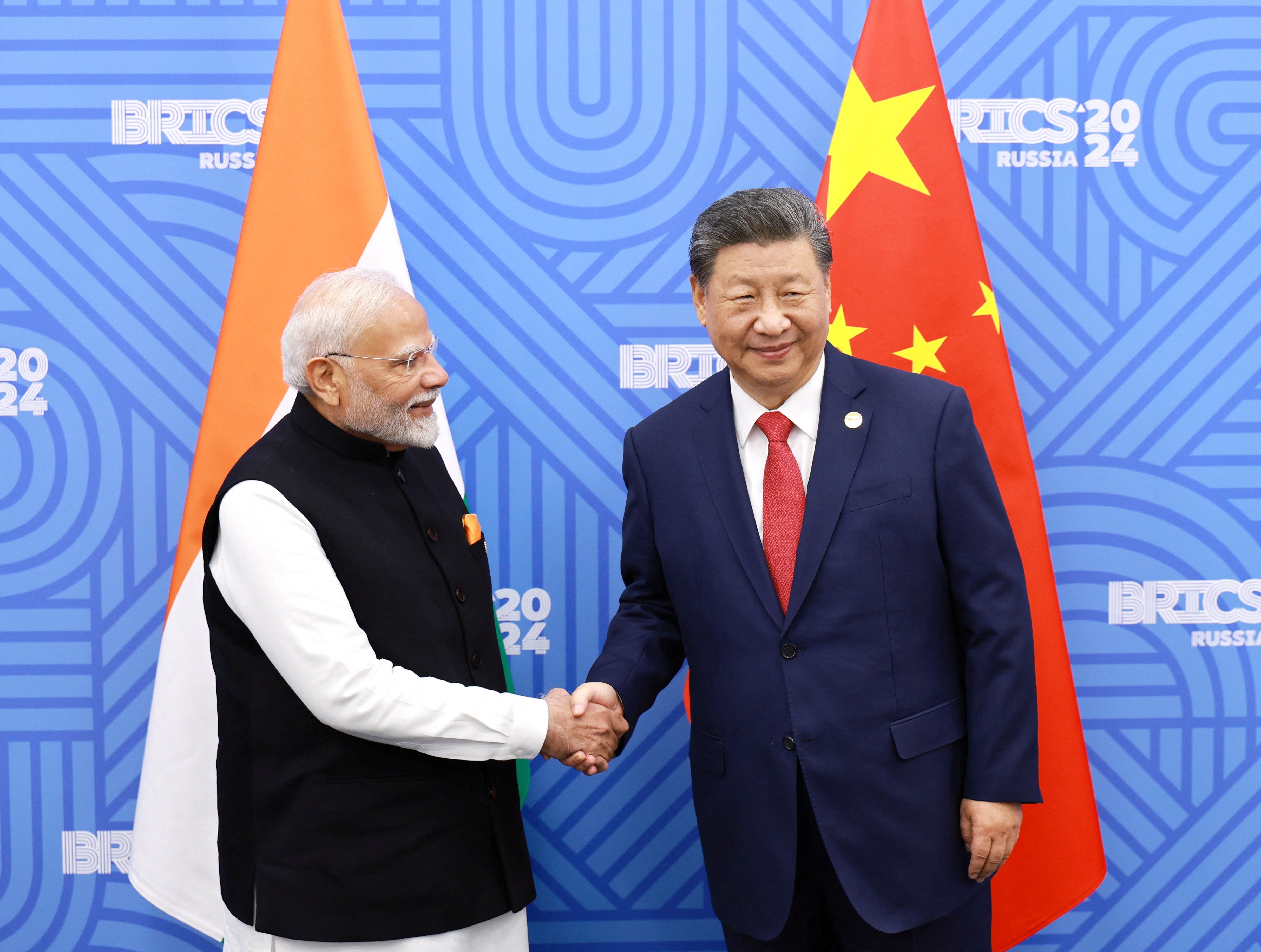China has not scaled down troop deployment on Indian border, US says
Beijing condemns ‘irresponsible’ Pentagon report ‘full of bias’

Your support helps us to tell the story
From reproductive rights to climate change to Big Tech, The Independent is on the ground when the story is developing. Whether it's investigating the financials of Elon Musk's pro-Trump PAC or producing our latest documentary, 'The A Word', which shines a light on the American women fighting for reproductive rights, we know how important it is to parse out the facts from the messaging.
At such a critical moment in US history, we need reporters on the ground. Your donation allows us to keep sending journalists to speak to both sides of the story.
The Independent is trusted by Americans across the entire political spectrum. And unlike many other quality news outlets, we choose not to lock Americans out of our reporting and analysis with paywalls. We believe quality journalism should be available to everyone, paid for by those who can afford it.
Your support makes all the difference.China has not scaled down its military presence on the border with India despite Beijing and New Delhi achieving a breakthrough in talks to resolve a standoff that began five years ago, the US said.
In a report to Congress, titled “Military and Security Developments Involving the People’s Republic of China 2024”, the Pentagon said the People’s Liberation Army “has not drawn down its positions or troop numbers since the 2020 clash” with Indian troops in eastern Ladakh and has developed infrastructure to maintain brigade deployments.
The Chinese military “remains focused on developing capabilities to provide options for the PRC to dissuade, deter, or, if ordered, defeat third-party intervention in the Indo-Pacific region”, it noted, referring to the Asian giant by its formal name of the People’s Republic of China.
China’s Western Theatre Command, whose primary focus is securing the long Himalayan border with India, is geographically the largest theater command, the report said.
Bilateral relations suffered a blow after Indian and Chinese soldiers clashed in Ladakh’s Galwan Valley in 2020. The most violent engagement in 45 years altered the status quo of the loosely demarcated Line of Actual Control between the two countries.
The clash turned into a standoff, with both sides stationing thousands of military personnel backed by artillery, tanks and fighter jets along the border.
Their differing perceptions of where the border lies “have facilitated multiple clashes, force buildups, and military infrastructure construction” between India and China, the report noted.

The foreign ministry in Beijing denounced the Pentagon report, which briefly mentioned India alongside other countries that have disputes with China, as “irresponsible”.
“The US report, like previous similar reports, ignores facts, is full of bias,” a ministry spokesperson, Lin Jian, said at a Thursday news briefing.
She urged Washington to stop issuing such reports and instead take practical steps to maintain the stability of relations with China.

The US report came just as Indian and Chinese officials met in Beijing to resume formal talks on resolving the border standoff for the first time in five years.
Chinese foreign minister Wang Yi met with Indian national security advisor Ajit Doval on Wednesday and worked out a “six-point consensus” to stabilise bilateral ties, Beijing said in a statement after the meeting.
The two sides announced a breakthrough in talks to end the standoff in October after reaching an agreement on military patrols along their disputed border.
The announcement paved the way for prime minister Narendra Modi to meet president Xi Jinping at the Brics summit in Russia.
The Pentagon report, meanwhile, also highlighted how corruption in the Chinese military is a roadblock in its modernisation goals.
Corruption in the military has resulted in at least 15 top officials being ousted in a major shakeup of China’s defence establishment, it added.
“This wave of corruption touches every service in the PLA and it may have shaken Beijing’s confidence,” the report said.
China had over 600 operational nuclear warheads as of May 2024 and is expected to have over 1,000 by 2030, it noted.
Join our commenting forum
Join thought-provoking conversations, follow other Independent readers and see their replies
0Comments